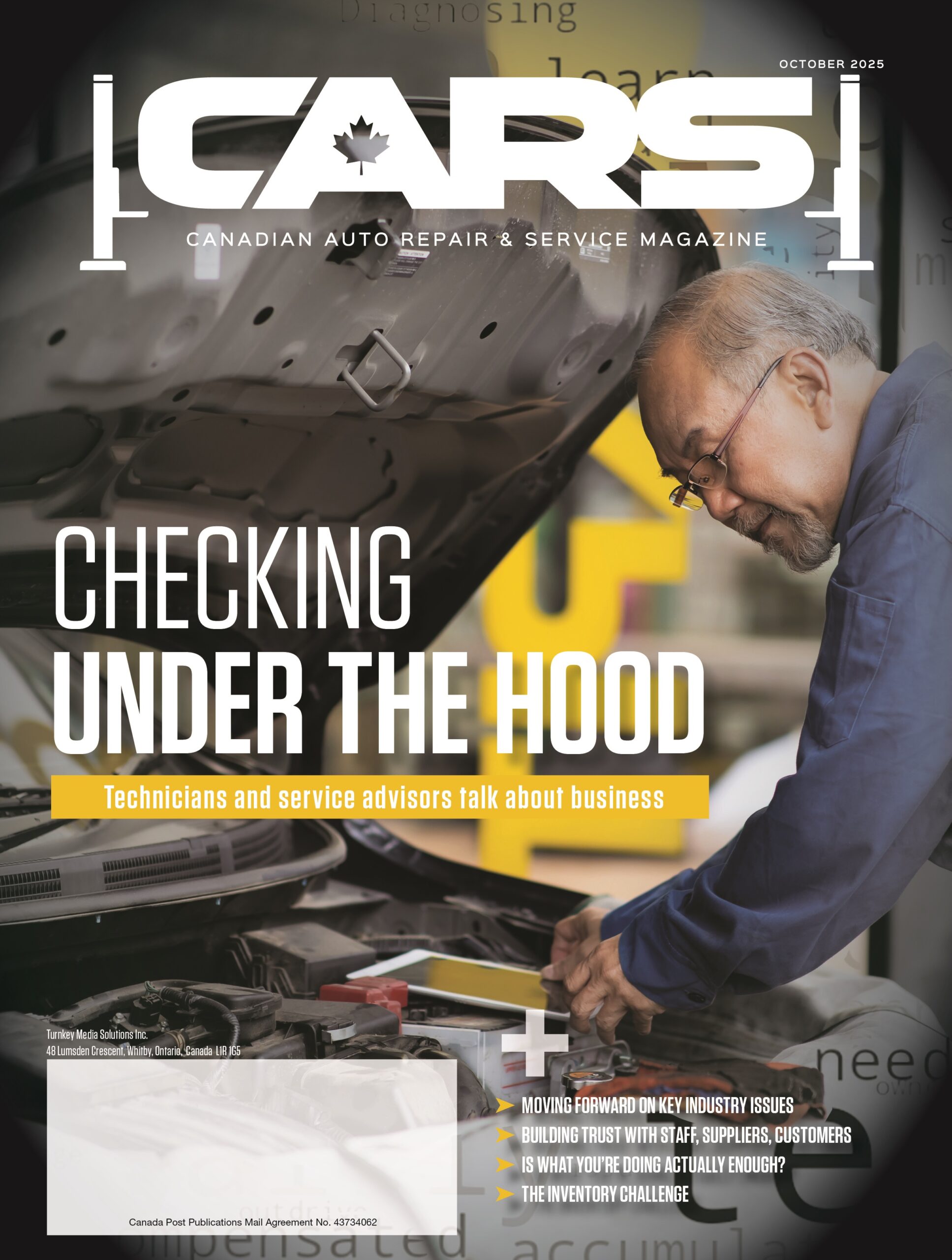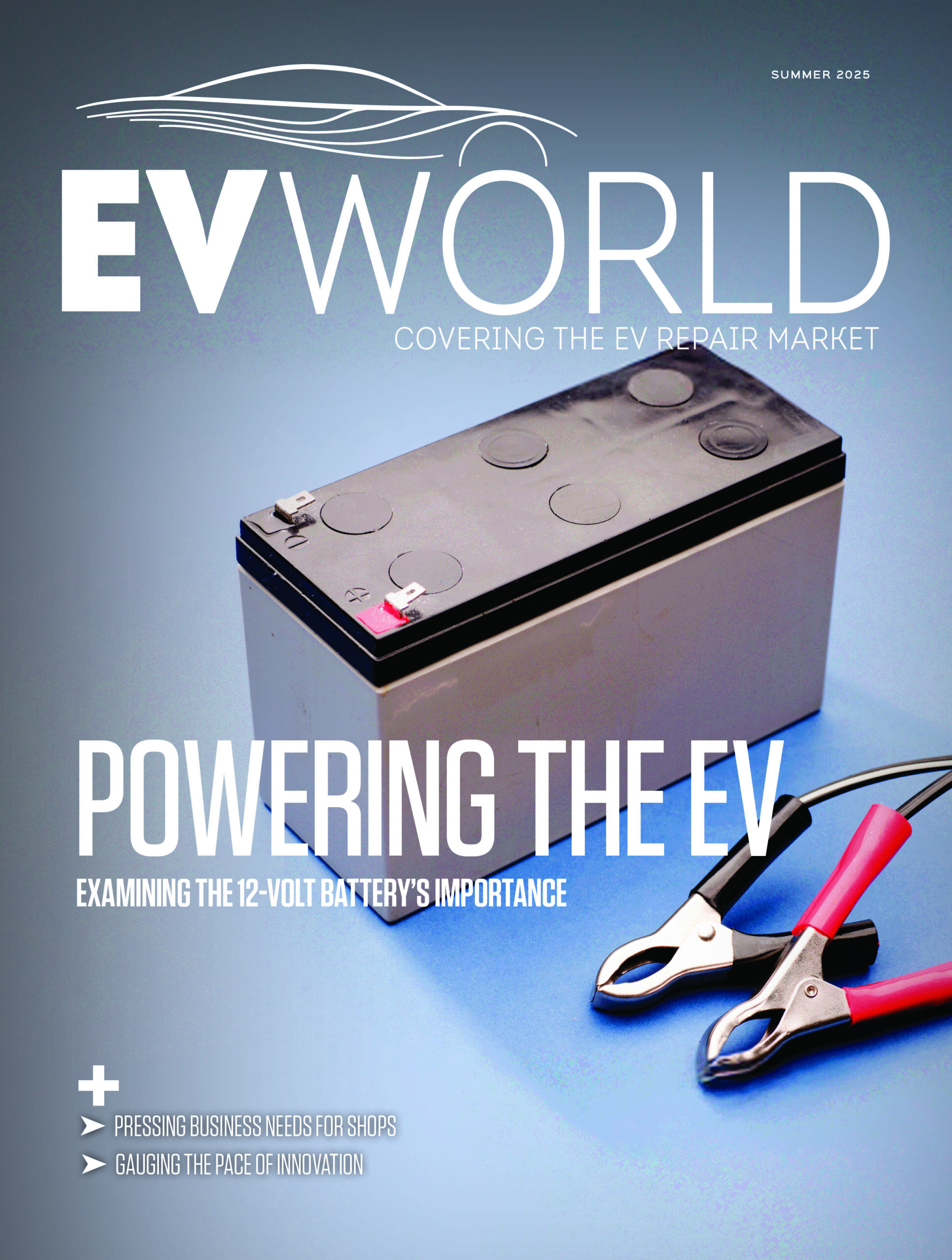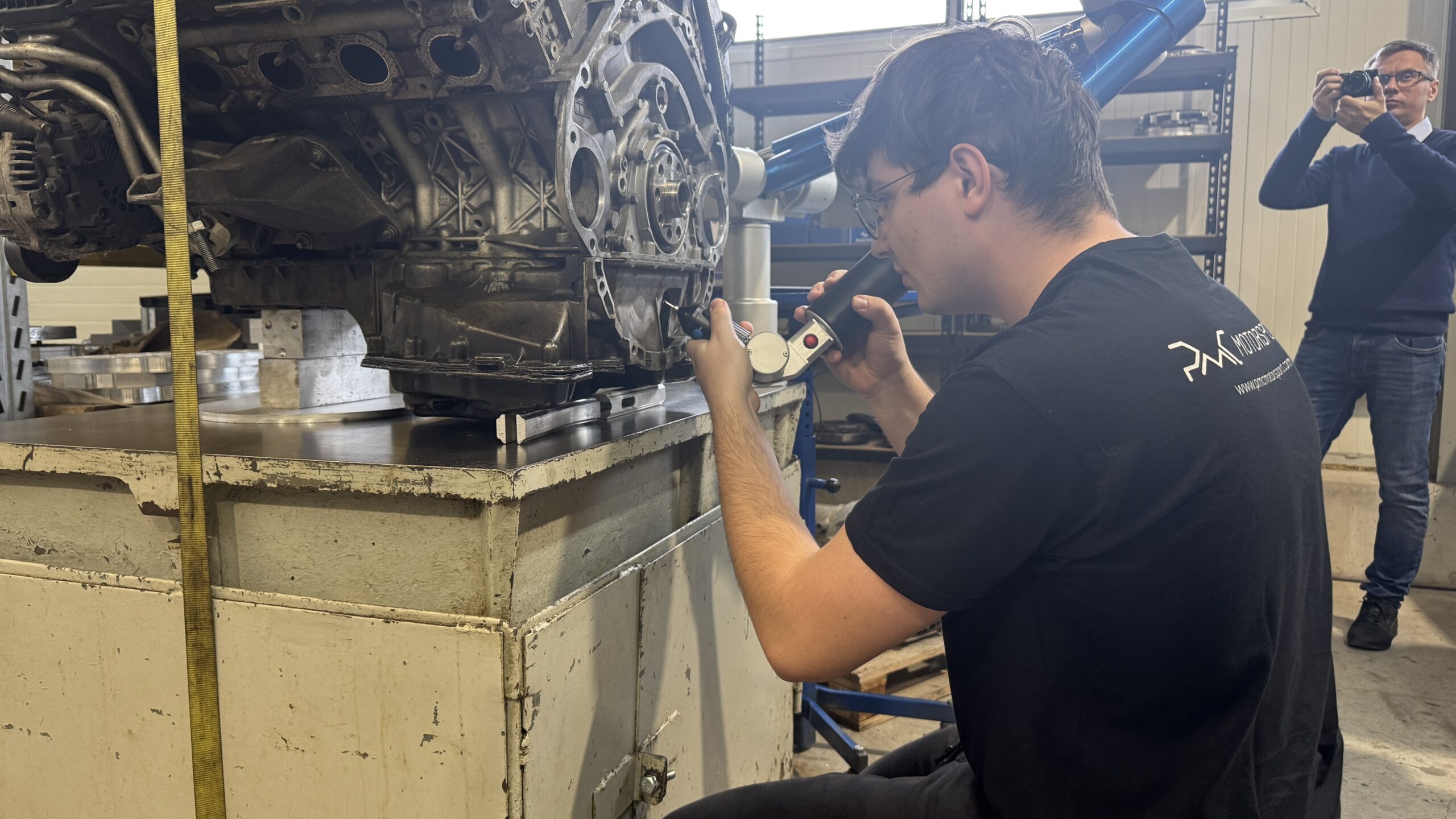
Suppliers need to give automotive parts distributors better data if they want to sell their parts, a conference panel recently emphasized
A distributor’s ability to sell automotive aftermarket parts and components is only as effective as the data provided by the supplier to help make the sale, attendees of the MEMA Aftermarket Suppliers Technology Conference heard from industry leaders. The quality and availability of this data can make or break a distributor’s success.
According to Scott Tompkins, senior product marketing manager at Epicor, the lack of standardized data is especially pronounced on the heavy duty side of things as light duty aftermarket data has seen significant improvement recently.
“There is some ACES-based application data, but when you start getting into more customized data, there’s a lot of manufacturers that actually produce the parts, but there’s no fitment information,” he explained.
This makes it incredibly difficult for distributors to look up and sell the right parts. Tompkins added.
ACES (Aftermarket Catalog Exchange Standard) and PIES (Product Information Exchange Standard) are data standards used in the automotive aftermarket to ensure consistent, accurate and efficient exchange of catalogue and product information between manufacturers, distributors and retailers.
Ken Ingram, vice president at FinditParts, echoed this sentiment, noting that while many manufacturers do a great job providing ACES data and imagery, there are still those in the commercial vehicle space who are resistant to converting their data into electronic formats.
“They will not make it available electronically,” he said, “because there’s a concern over the [intellectual property] of that data.”
This resistance to embracing modern data standards is a frustration shared by Jim Naso, applications data manager at Continental ContiTech Power Transmission Group. Imagine sitting with a major distributor and they ask about the supplier’s cataloguing and if the data is available electronically.
“And they say, ‘Well, here’s a PDF,’“ Naso said. “I mean, I’m joking, but honestly, that’s their version of electronic cataloging.”
For distributors, this lack of high-quality, standardized data can have a significant impact on their ability to serve their customers effectively. Tompkins explained that when a distributor’s data is not up to par with their competitors, it can make their products appear less desirable, even if the actual parts are of equal or superior quality.
Ingram emphasized the importance of investing in PIES data and good product imagery, as this can be a key differentiator in the commercial vehicle market.
“I can tell you in my previous life that much of that information that you asked for was required and was being sought from the manufacturing community and was being provided to the end user,” he said.
Naso agreed, suggesting that manufacturers need to work more closely with their distributor partners to build awareness and demand for electronic data formats. “Collectively, we need to drive some of these businesses because they’re not going to survive or put the investment in for one or two single-part types,” he said.
Image credit: Depositphotos.com













Leave a Reply